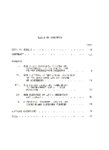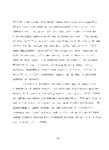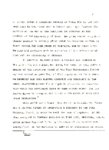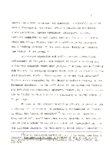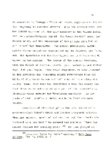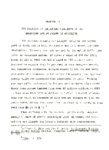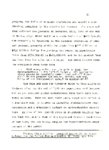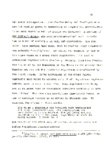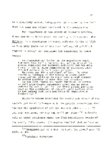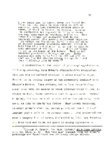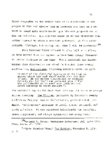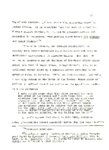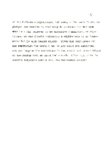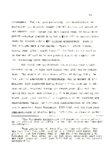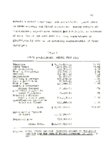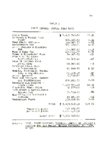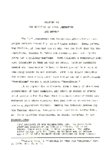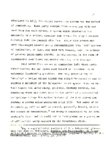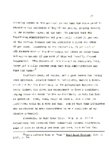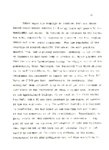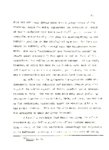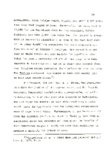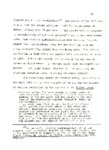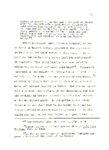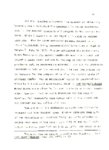| Description |
Charles R. Mabey, a Republican9 was elected governor of Utah by a large majority in 1920, having based his campaign on the pledge of economy and efficiency in state government. His appeal to the electorate was undoubtedly enhanced by the fact that he was young, handsome, articulate, and a veteran of two wars. Four years later, he was defeated by the Democratic nominee, George H. Dern, in a state election characterized by sweeping Republican successes. Republican candidates were elected to each of the other state executive offices; the incumbent U. S. Representatives, both Republicans, won easily; and the Republican candidate for President, Calvin Coolidge, won a generous plurality of the state's popular votes. The focus of this thesis is upon the question of why Governor Mabey was defeated in his bid for re-election in 1924. Members of the Fourteenth Legislature, of 1921, were responsive to Governor Mabey's proposals to reorganize the state's formal administrative structure, with the result that several new agencies were created, several underwent consolidation, and several others were abolished.State administrative expenses began declining almost immediately, from 7.7 per cent of the budget in fiscal year 1921 to 5.9 per cent in 1922, and from 5.7 per cent in fiscal year 1923 to 5.2 per cent in 1924. Since the dollar amount of these budgets did not vary greatly from each other, the declining percentages represent firm support for the claim that substantial savings to the tax= payer were achieved in the matter of administration. Due to the typical scale of patronage politics in Utah at that time, a cutback in administrative expenditure could be done only at the dissatisfaction of the "ward heelerso" During the early twenties, and for many years thereafter, most of the Republican "ward heelers" in Utah were represented by George Wilson, organizer and manager of the semi-secret political machine, the Order of the Sevens. Immediately following the gubernatorial inauguration in January, 1921, Wilson presented Governor Mabey with a lengthy list of names, advising him that that was to be his guide in making patronage appointments. Wilson and his list were summarily rejected, and the governor remained true to his public announcement that he was in no hurry to apply the principle of spoils politics. Wilson's dissatisfaction with Governor Mabey continued through out the latter's term in office, and as early as the spring of 1924 he openly began to mobilize his very influential organization in opposition to the governor. Even though there was a substantial cutback in state administrative expenditures during the Mabey governorship, an analysis of the state's monetary and fiscal activities of that time discloses conclusively that total state expenditures and, of course, taxes - increased greatly over what they had been during the preceeding administration. Total state expenditures during the Mabey years increased approximately 20 per cent over that of his predecessor's four-year term. Furthermore, the years 1921 and 1922 were characterized by a substantial deflation of the national economy, The extent of this deflation was of such magnitude that the value of the dollar nearly doubled between May, 19209 and January, 1922. More explicitly, each dollar the taxpayers were required to give in January, 1922, was nearly t't'fice as dear as 1. thad been in May, 1920. The deflationary pressure on the dollar remained strong throughout Governor Mabey's term. It is natural, therefore, that large numbers of voters failed to respond to his 1924 campaign, based, as it was9 on further pledges of economy. In certain respects Charles Mabey may be considered a governor of great vision. He effected significant improvements, both qualitative and quantitative, in such vital areas as public education and highway construction. But his political acumen does not appear to have been highly developed. By alienating a large segment of the electorate through his monetary and fiscal policY9 and by alienating key Republican party leaders through his patronage policy, he had little hope for re-election in 1924. |





